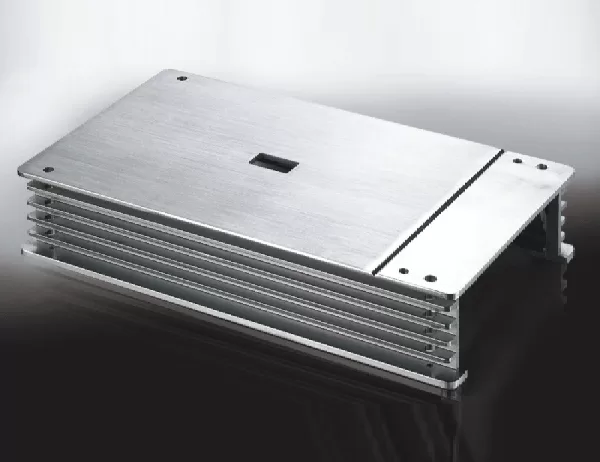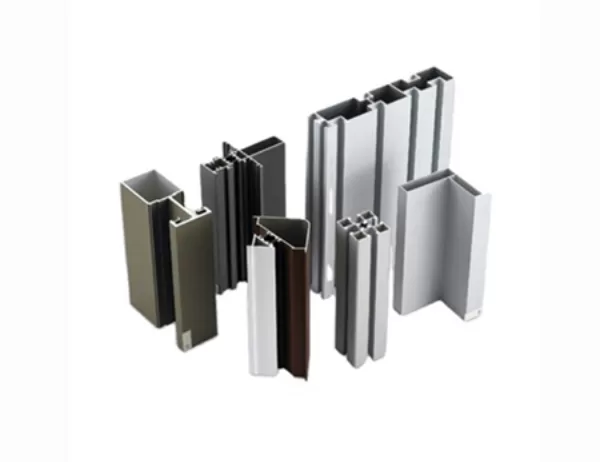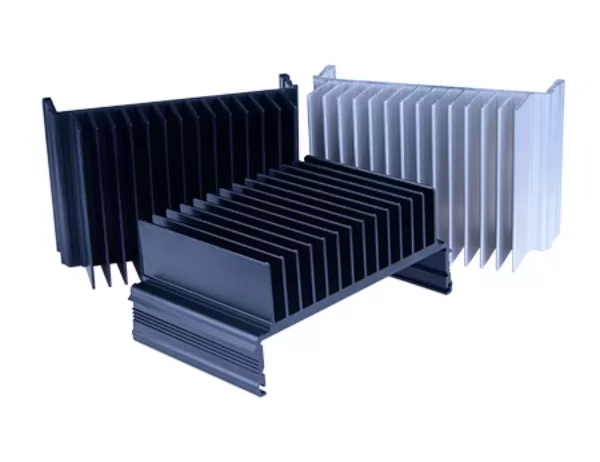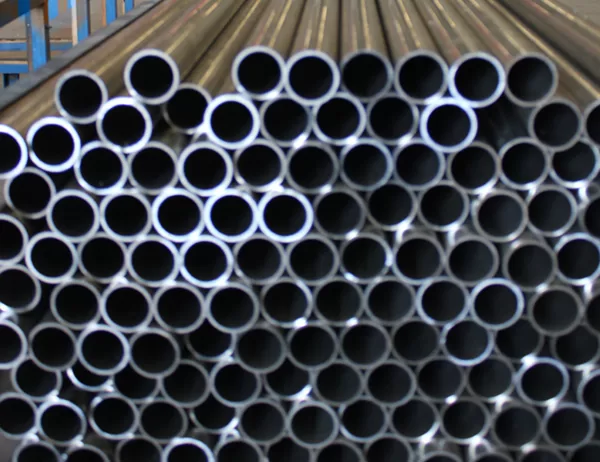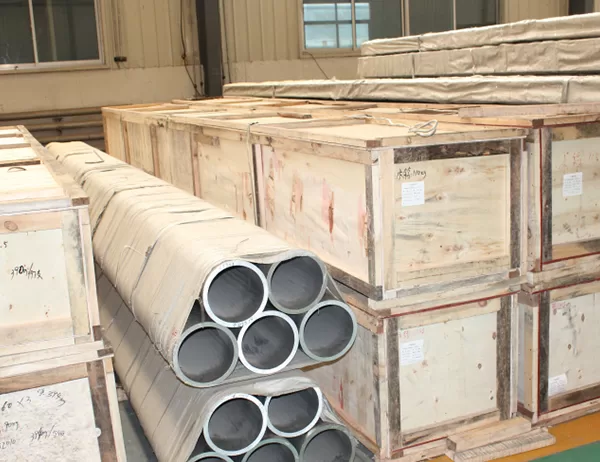The Role of Aluminum Heat Sinks in Cooling Solutions: A Thermal Oasis in the Digital Landscape
In the relentless march of technological advancement, the relentless generation of heat poses a formidable challenge. Electronic devices, from sleek smartphones to towering servers, must effectively dissipate heat to maintain optimal performance and longevity. Among the myriad cooling solutions, aluminum heat sinks emerge as a cornerstone, providing a reliable and efficient thermal sanctuary.
Unveiling the Thermal Oasis
Heat sinks are aptly named for their ability to “sink” heat, drawing it away from critical components. Aluminum, with its exceptional thermal conductivity, serves as the ideal material for dissipating heat rapidly and effectively. Its lightweight nature and low cost further enhance its practicality.
The Mechanics of Heat Transfer
Heat sinks operate on the principle of conduction and convection. As heat flows from the electronic component to the heat sink, conduction occurs through the direct contact between the two surfaces. The heat is then transferred to the surrounding air through convection, facilitated by the intricate fins that increase the heat sink’s surface area.
Optimizing Performance
The design and configuration of heat sinks play a crucial role in maximizing cooling efficiency. Factors such as fin density, surface roughness, and airflow direction are carefully considered to enhance heat transfer. By optimizing these parameters, engineers can create heat sinks that effectively cool even the most demanding electronic devices.
Applications in Diverse Industries
The versatility of aluminum heat sinks makes them indispensable in a wide range of industries. From consumer electronics to aerospace applications, heat sinks play a vital role in ensuring the reliable operation of critical systems. In the realm of mobile devices, compact and lightweight heat sinks are essential for preventing overheating and ensuring a comfortable user experience. In the demanding environments of datacenters and server rooms, larger and more robust heat sinks are employed to manage the intense heat generated by high-performance processors.
Conclusion
Aluminum heat sinks stand as unsung heroes in the digital landscape, silently dissipating heat and ensuring the seamless operation of our electronic devices. Their exceptional thermal conductivity, lightweight nature, and versatility make them indispensable components in the pursuit of efficient and reliable cooling solutions. As the pursuit of technological advancement continues, the role of aluminum heat sinks will only become more critical, enabling the development of even more powerful and efficient electronic devices.
